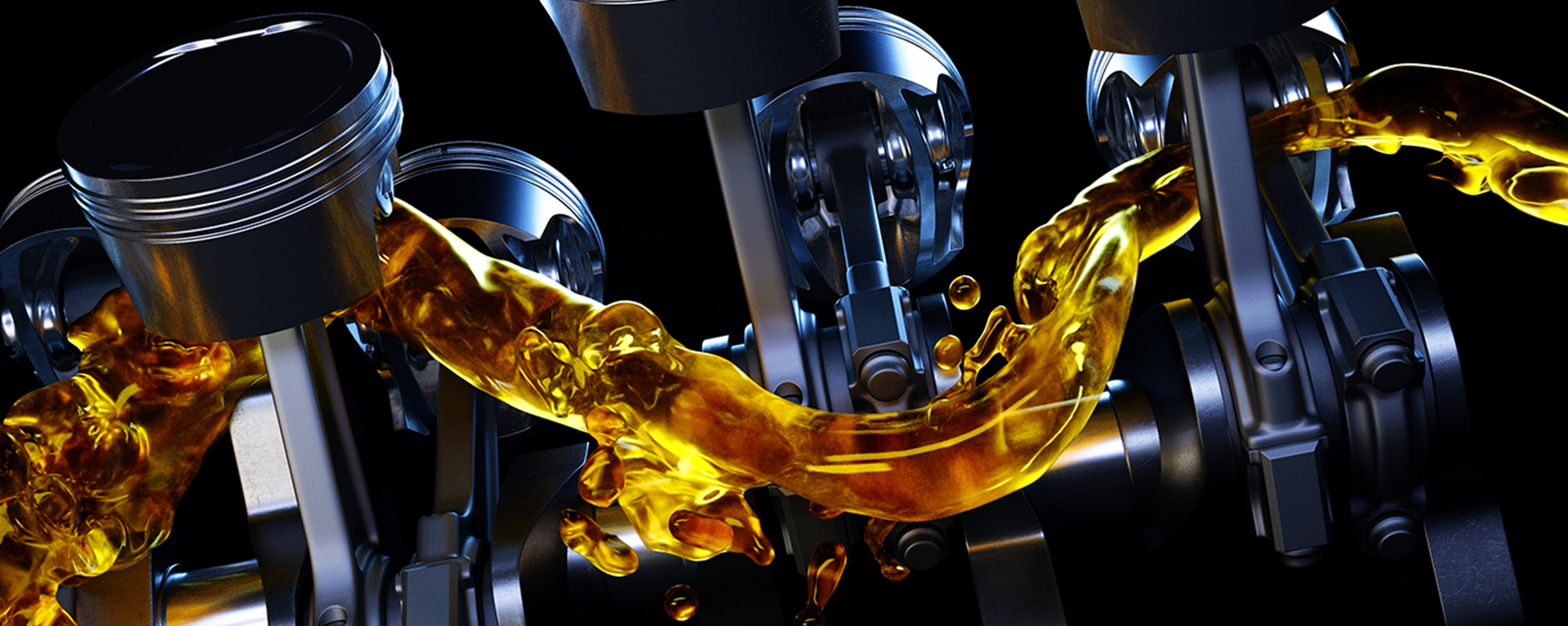Engine Oil
Motor oil, engine oil, or engine lubricant is any one of various substances used for the lubrication of internal combustion engines. They typically consist of base oils enhanced with various additives, particularly antiwear additives, detergents, dispersants, and, for multi-grade oils, viscosity index improvers.[citation needed]. The main function of motor oil is to reduce friction and wear on moving parts and to clean the engine from sludge (one of the functions of dispersants) and varnish (detergents). It also neutralizes acids that originate from fuel and from oxidation of the lubricant (de
WHAT DOES VISCOSITY MEAN?
Viscosity is a measurement of the thickness and 'ease of flow' in any liquid. For example, water is a thin liquid that flows freely, so we say that it has a low viscosity. Honey, on the other hand, is relatively thick and flows more slowly. So we describe honey as having a high viscosity. It's also worth noting that honey flows more easily - and is therefore less viscous - when it is slightly warm. Motor oil behaves in pretty much the same way, which is why mechanics will usually run an engine for a minute or two before draining used motor oil away to replace it.
WHAT TYPE OF MOTOR OIL TO CHOO
There are so many motor oils out there, which one is right for your vehicle? Well, there are three basic types: mineral, part synthetic and full synthetic. Mineral oils are the least refined of the three, which means they cost less, but also provide less protection, performance and economy than the other options. Part synthetic motor oils are a blend of mineral oil and synthetic oil, to give added performance, but still at a lower cost than full synthetic motor oils. Full synthetics are the most expensive motor oils as they are highly refined, but offer the best and protection and economy to absolutely every vehicle.
Future Of Engine Oils
A new process to break down polyethylene, a common plastic product found in many consumer containers, converts it into a paraffin-like wax with the correct molecular properties for conversion into a lubricant, avoiding the expensive Fischer–Tropsch process. The plastic is melted and then pumped into a furnace. The heat of the furnace breaks down the molecular chains of polyethylene into wax. Finally, the wax is subjected to a catalytic process that alters the wax's molecular structure, leaving a clear oil. Biodegradable motor oils based on esters or hydrocarbon-ester blends appeared in the 1990s followed by formulations beginning in 2000 which respond to the bio-no-tox-criteria of the Europe





